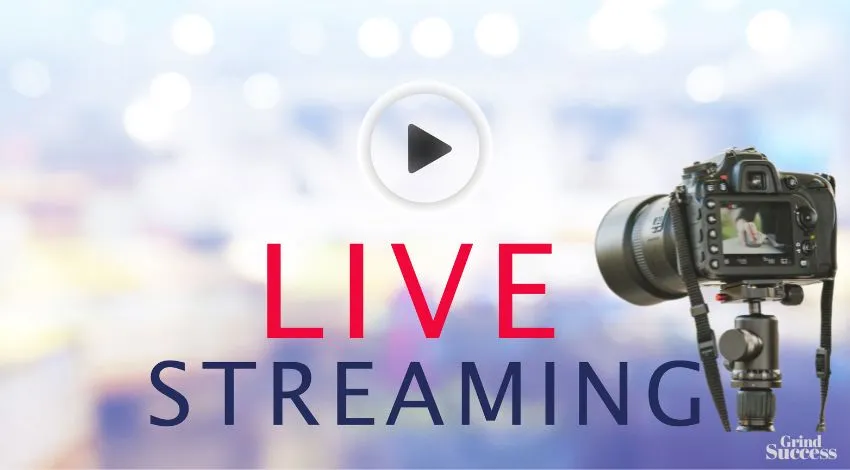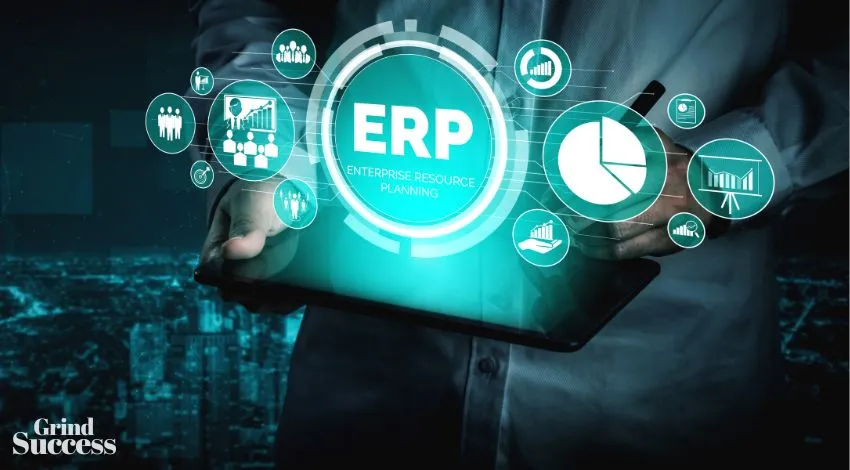Guide to Build a Profitable Live Streaming SaaS

Live streaming has exploded in popularity in recent years. Platforms like Twitch, YouTube Live, and Facebook Gaming attract millions of viewers and have turned streaming into both entertainment and a full-time career for many.
This growth represents a major opportunity for software companies in the live streaming space. Building a scalable streaming platform as a SaaS (software-as-a-service) allows streamers to broadcast their content through an easy-to-use service while generating recurring revenue.
In this comprehensive guide, we’ll walk through the key steps and considerations for developing a profitable, end-to-end streaming SaaS business.
Table of Contents
Choosing the Right Tech Stack
The technology decisions made early on will impact the capabilities, performance, and scalability of your platform.
For the core backend infrastructure, languages like Node.js, Elixir, and Go are popular choices as they are lightweight, handle high concurrency well, and have robust tooling for real-time applications. Complementing this with frameworks like Express.js, Phoenix, and React will speed up development.
Since video streaming is computationally intensive, it’s common to offload resource heavy tasks to third-party services. For example, utilizing transcoding APIs like Zencoder or Mux will convert the incoming stream into multiple quality levels for adaptive bitrate streaming.
The database layer needs to optimize for low latency reads and writes to ensure smooth streaming. NoSQL databases like Redis are well-suited as they are in-memory databases with support for pub/sub messaging.
Proper load testing will be crucial to ensure the backend can handle the demands of many concurrent streams and viewers.
Building the Core Streaming Features
The core streaming functionality will enable broadcasters to go live while providing viewers with a platform to watch those streams.
You’ll need ingest servers to receive and process the incoming live video feeds from streamer’s encoders. These streams can then be distributed to edge servers closest to the viewers, minimizing latency.
Built-in support for streaming protocols like RTMP, HLS and DASH allows streams to be viewed across browsers and devices. For the frontend, you can either build a custom video player or leverage a third-party player like Video.js.
Allowing streamers to create and schedule upcoming streams through an interface or API is table-stakes functionality. Viewers appreciate being able to browse and get notifications for scheduled streams.
Advanced Features to Stand Out
Starting out, it’s best to nail a seamless streaming core experience. As your platform matures, focusing on advanced features will help you stand out and appeal to professional streamers.
Analytics and Monitoring
Valuable data around viewership and streaming performance enables you to provide analytics to broadcasters while improving your own platform.
Having proper alerting and on-call coverage for stream outages and other issues that negatively impact streamers demonstrates reliability.
Monetization Approaches
Developing multiple monetization paths will allow your platform to generate revenue sustainably.
As the network effects grow with streamers and viewers attracted to your platform, there is the potential for large partnership deals and acquisition.
Marketing and Growing Your Platform
Gaining traction requires crafting marketing strategies tailored to streamers and viewers.
As streamers are onboarded, recommend they link and cross-promote their channels across your platform and others to maximize reach.
Review: Short Review of StreamYard’s Business Model
StreamYard is a cloud-based live streaming studio founded by Geige Vandentop that allows content creators to easily broadcast professional-looking live streams to platforms like YouTube, Facebook, and Twitch.
StreamYard follows a freemium SaaS business model. They offer a free version with basic features to help gain initial traction. Their paid plans unlock additional functionality like custom branding, multiple guests, and HD quality.
Pricing is tiered based on features, stream length and viewership. This provides flexibility for creators at different stages. Top tier plans cost $49-$99 per month.
They have partnered with streaming platforms to facilitate direct stream integration and optimize monetization. This incentive aligns StreamYard’s success with creators’ earnings.
StreamYard also monetizes through one-time purchases like custom themes and royalty-free music. Offering add-ons allows creators to further customize their production quality.
The company has raised over $35 million in funding, demonstrating strong investor confidence in their market potential. Their strategy has helped them become one of the top streaming tools with over 1 million users.
In summary, StreamYard leverages freemium model, tiered pricing, partnerships, and add-on sales to build a thriving streaming SaaS business. Their success provides insights for others in the industry.
Conclusion
Building a streaming SaaS from the ground up is challenging but rewarding. With live streaming still on the rise, the market opportunity is immense for platforms that get the formula right.
By focusing on creator needs, leveraging modern cloud infrastructure, and crafting various monetization streams, you can develop an enduringly profitable business. Stay hungry, move fast, and delight your community.
This post was proofread by Grammarly. Try it – It’s Free!
Millions trust Grammarly’s free writing app to make their online writing clear and effective. Getting started is simple
Email, SMS, and more — Klaviyo brings your marketing all together, fueling growth without burning through time and resources.
Deliver more relevant email and text messages — powered by your data. Klaviyo helps you turn one-time buyers into repeat customers with all the power of an enterprise solution and none of the complexity.


![17 Types of Software for Financial Services Providers [2024] 17 Types of Software for Financial Services Providers [2024]](https://grindsuccess.com/wp-content/uploads/2022/11/Software-for-Financial-Services-Providers.webp)
![10 Best Use Cases Of Smart Contracts in Defi [2024] 10 Best Use Cases Of Smart Contracts in Defi [2024]](https://grindsuccess.com/wp-content/uploads/2023/01/Use-Cases-Of-Smart-Contracts.webp)


![Why Deck Builders Need a Deck Estimating App in [2024] Why Deck Builders Need a Deck Estimating App in [2024]](https://grindsuccess.com/wp-content/uploads/2023/04/Deck-Estimating-App-1.webp)